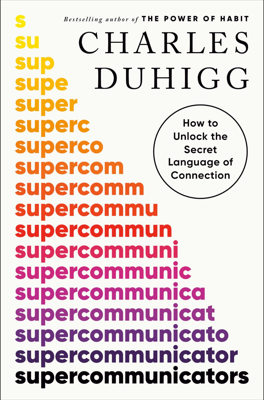Our Social Identities Shape Our Worlds: Vaccinating the Anti-Vaxxers
Background and Challenge:
Dr. Jay Rosenbloom, a pediatrician, began his medical practice addressing vaccine skepticism among parents. He found that traditional methods of presenting scientific data to counter vaccine myths were generally ineffective. Parents who were hesitant about vaccines often dug in deeper when presented with facts and data, driving them further away from accepting vaccinations.
Social Identities and Vaccine Resistance:
Rosenbloom observed that the anti-vaccine sentiment spanned across various social groups, including liberals, conservatives, and libertarians, each with their unique reasons for rejecting vaccines. Researchers suggest that anti-vaxxers saw vaccine acceptance as surrendering to societal conformity, which clashed with their social identities. These identities were deeply rooted in personal and group values, making them resistant to change even in the face of factual evidence.
The Role of Social Identities in Persuasion:
Instead of direct persuasion, Rosenbloom realized the need for an approach that respected these social identities. He shifted to creating connections based on shared identities, such as being parents or community members, to build trust and open more receptive dialogues.
Adjusting Approaches in a Pandemic:
With the onset of the COVID-19 pandemic, Rosenbloom joined efforts with Boost Oregon to develop strategies that could encourage vaccine uptake among the skeptical populace. They utilized motivational interviewing, a technique that focuses on engaging individuals in a conversation about their personal beliefs and fears without direct confrontation.
Success Through Empathy and Connection:
Through understanding and respecting social identities, healthcare providers were able to connect with vaccine-hesitant individuals on a more personal level. This approach led to more people, including those initially resistant, choosing to receive vaccinations. By addressing the concerns in the context of their social identities and finding common ground, Rosenbloom and his colleagues found a more effective way to mitigate resistance than confronting it head-on.
Lessons Learned:
The chapter illustrates the complexity of social identities and their significant impact on health behavior decisions. It underscores the need for healthcare communication strategies that go beyond disseminating information to fostering genuine understanding and connection based on shared human experiences and identities. This approach can potentially bridge divides created by deeply held beliefs, leading to more successful public health outcomes.
This summary highlights how understanding and integrating the perspectives related to social identities can enhance communication strategies in sensitive health-related interactions, and possibly other areas of discourse where deeply rooted beliefs and identities are at play.
